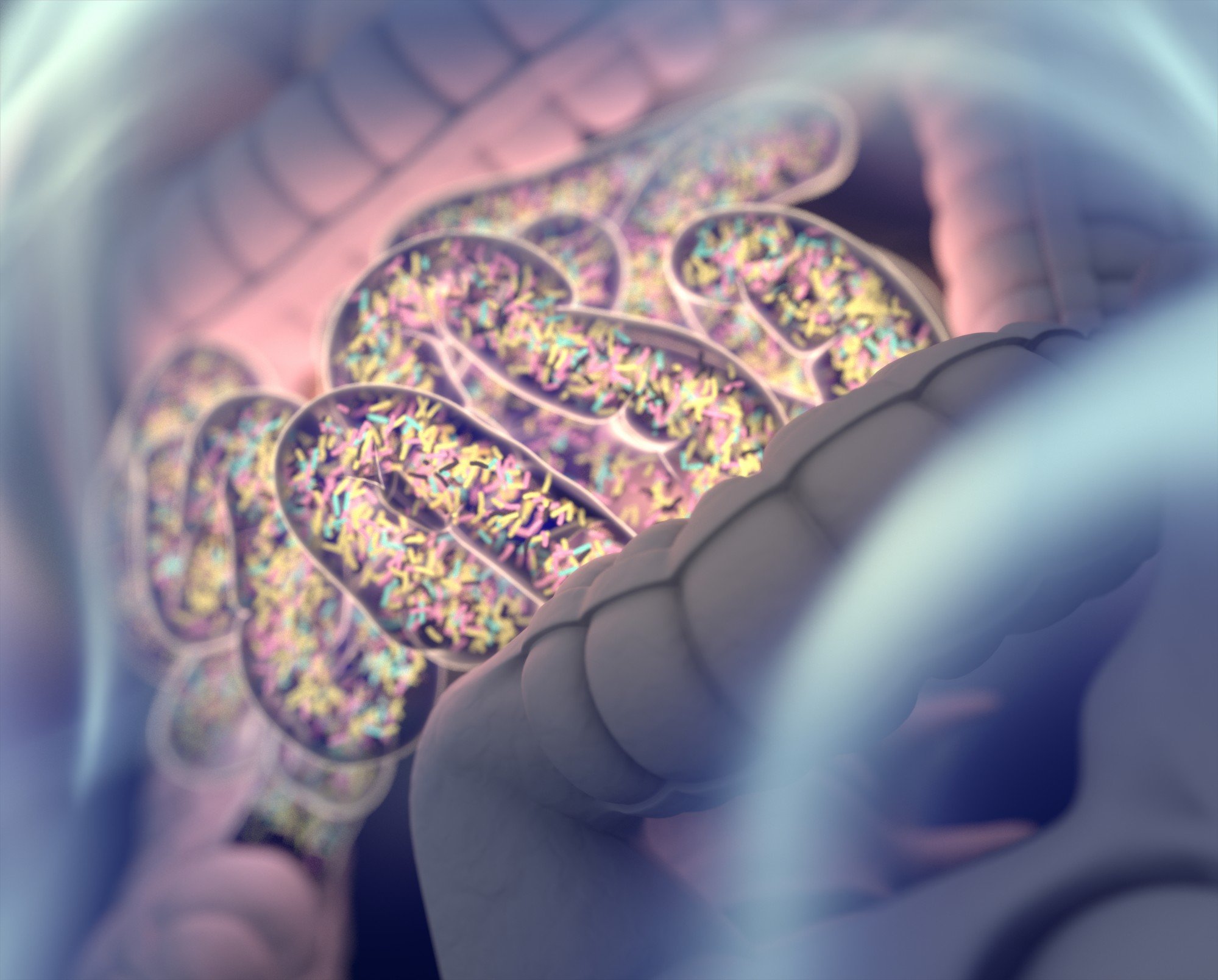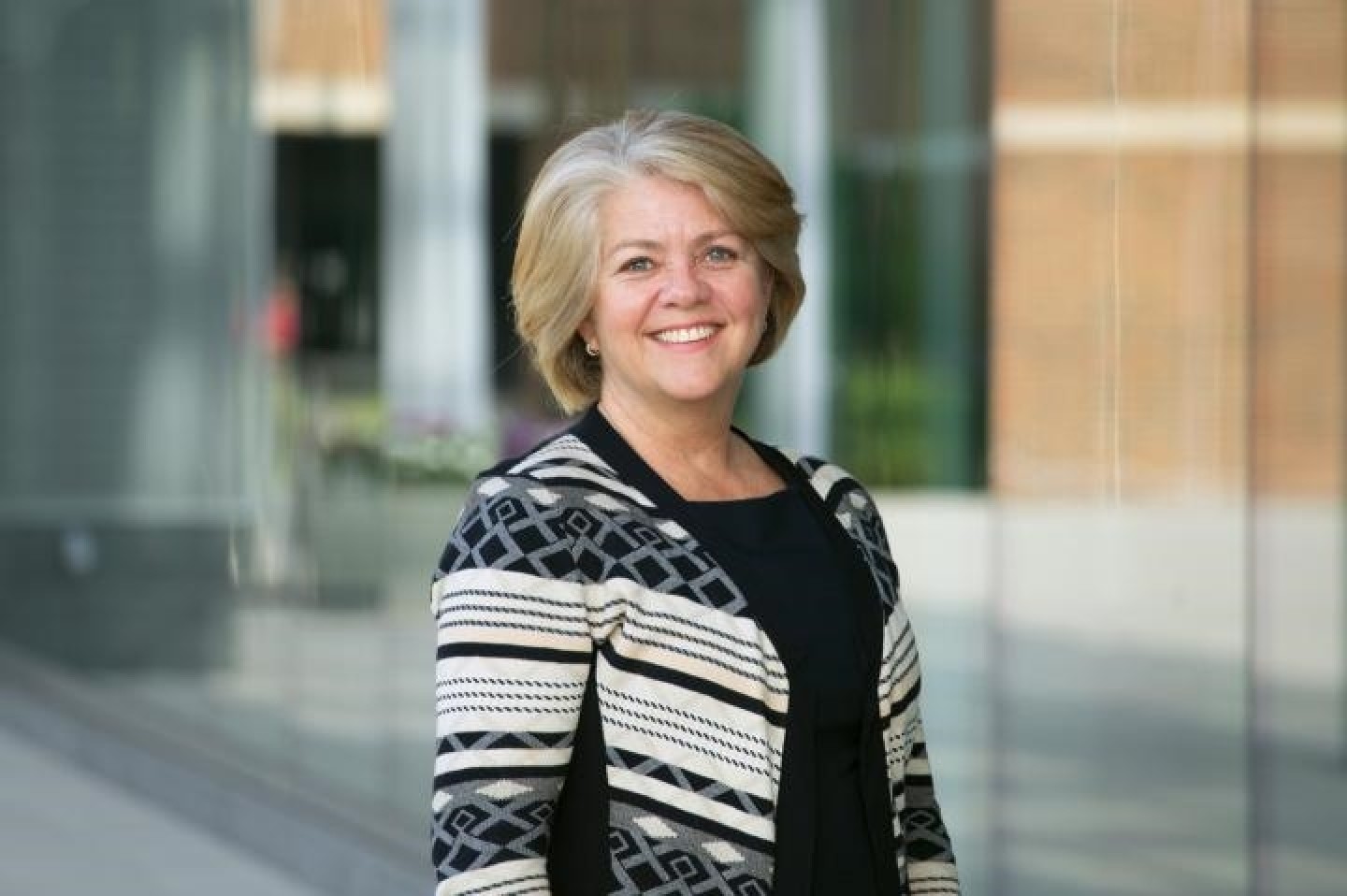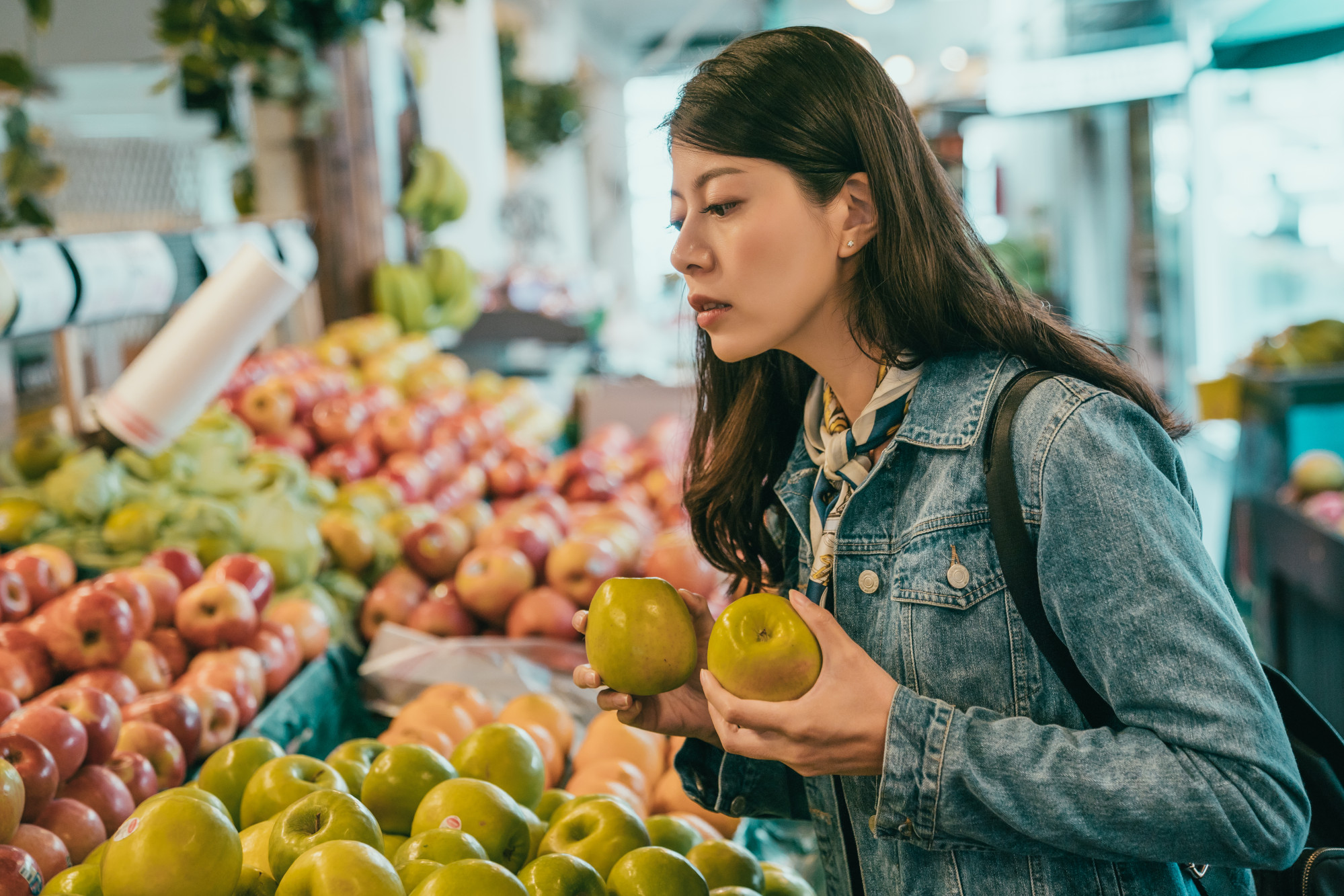Fitness
What a freezer full of faeces has to do with boosting biodiversity

“There are a thousand billion bacteria in one gram of stool, 125 times as many as there are people on the planet,” Egli says. “It’s unbelievable when you think about what lives inside you.” There are between 300 and 500 different species of bacteria in one person, he adds.
Now an international effort aims to conserve this biological treasure through a so-called Microbiota Vault, akin to a huge rescuers’ vault for human faeces.
Bacteria can survive for decades in a special solution, Egli says.
The whole of humanity can benefit from analysing bacteria
Research into intestinal flora is currently still in its infancy.
At the University of Zurich, Egli’s laboratory buzzes with activity. People in white coats are working with all kinds of sterile tools and equipment.
Laboratory manager Diana Albertos Torres is inspecting Petri dishes that contain bacteria that has been extracted from stool samples.

“No, bacteria don’t jump out of the dish,” Torres says with a reassuring laugh. Work in the laboratory is carried out under the necessary safety precautions.
A stool sample with an optimal microbiome given to a patient – studies have shown that this can contribute to recovery
“There are new discoveries every week,” says Egli. “And the whole of humanity can benefit from analysing bacteria.”
One special feature: the digestive tract is home to vast numbers of bacteria that do not tolerate air, so-called anaerobic bacteria. As Egli explains, little research has been done on them.
“There are probably 1,000 times as many bacteria in the gut that don’t tolerate air as those that we have been able to isolate and know about.”
It is conceivable that the targeted use of bacteria could one day improve the response to cancer therapies, says Egli.

Maria Gloria Dominguez-Bello, a microbiologist from Venezuela who conducts research in the United States, has been campaigning for an intestinal bacteria vault for years.
After just three days, the biodiversity in his gut had increased by 20 per cent, as he reported in the online journal The Conversation.

These have an influence on how full we feel when eating, how long food remains in the stomach and intestines, and how well nutrients are absorbed by the body.
Egli works with Pascale Vonaesch from the University of Lausanne and Nicholas Bokulich from the University of ETH in Zürich in the Microbiota Vault pilot team.
Egli has freezers in which around 2,500 stool samples from Ethiopia, Laos, Puerto Rico, Switzerland and other countries have been frozen at minus 80 degrees Celsius.
The samples have to be frozen within hours in order to preserve bacterial diversity; Dominquez-Bello has shock-frozen samples in remote Amazon regions using liquid nitrogen. A continuous cold chain and lots of paperwork are required to export the samples to Switzerland.
According to Egli, the pilot project is almost complete, with largely positive results. Tens of thousands of samples from all over the world will soon be arriving in Zurich.
A vault for final storage will have to be built for this, he says, since the ice cabinets in his laboratory will soon no longer be sufficient.










